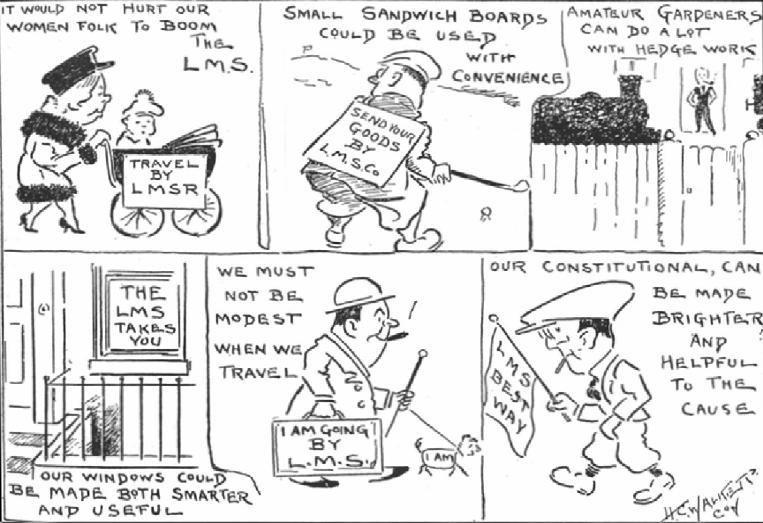Made possible by funding from the Arts and Humanities Research Council and supported by our rail partner East Coast, the app will explore the ways in which travel and journeys have been sold to rail passengers from the 1870s to the 1970s.
It is based on an extensive and groundbreaking research project undertaken by the Institute of Rail and Transport Studies here in York, a project that has delivered some surprising and interesting conclusions.
From using idealised descriptions of places to selling the idea of luxurious journeys as part of a desirable lifestyle, railway companies were experts at making people feel they had a desire to travel, a right to travel and even a duty to travel.
In many cases, railway companies in Britain were pioneers in using advanced marketing techniques that we now take for granted as part of our everyday lives. For example, they were quick to recognise the importance of corporate brands and identity, the saleability of speed, and were early adopters of American-style salesmanship training for their employees.
For example, have a look at this mildly cheeky 1928 cartoon from London, Midland & Scottish Railway’s company magazine:

It shows us that even at this early stage, the railway companies’ efforts at making salesmen of their staff were advanced enough to provoke gentle, and slightly weary satire. Joking aside, I wonder how many rail employees really did have locomotive-shaped topiary in their gardens?
As this project is all about rail travel, we wanted to think of a way to bring this story to people as they actually make their own rail journeys – a way of making it personal and relevant to your own journey as a rail passenger.
To do this, we are developing a free-to-use app for iPhone for use by travellers on the East Coast main line. As you make your trip by rail, you will be able to view original marketing material from our archive and explore how your journey would have been sold to you if you were travelling this route in the 1870s, 1930s, or the 1970s.
Take your own journey through history with our geotagged map, peruse a 1930s lineside guide, explore real carriages from the national collection in detail, or even have a go at making your own poster – journeys on the East Coast are about to get a lot more interesting!
We will be launching the app, called The East Coast Time Line, this September. Over the next few weeks I’ll be taking you behind the scenes of the project. I will be bringing you some ‘sneak peeks’ at some of the hidden treasures from our collection and telling some of the intriguing stories behind the history of Britain’s railways and their never-ending quest to attract passengers.